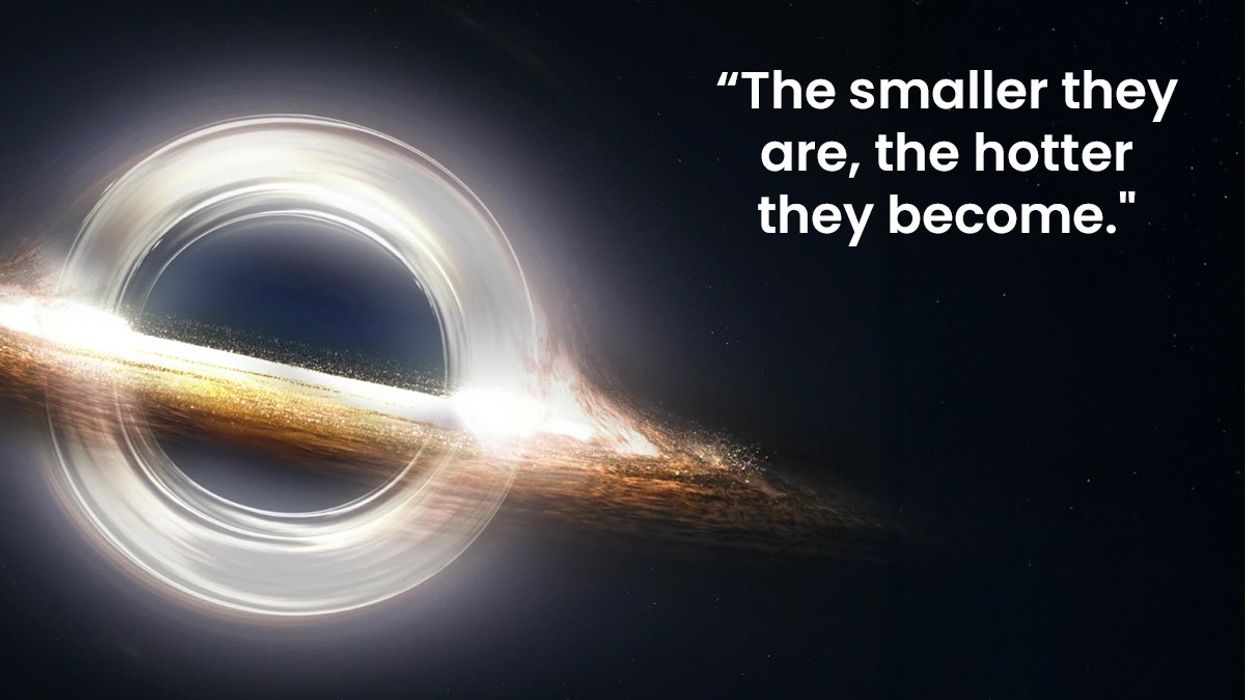The Himalayas, one of the most awe-inspiring mountain ranges on Earth, have long captured the imaginations of adventurers and scientists alike. Towering above the clouds, these colossal peaks hold not only breathtaking beauty but also crucial geological secrets. Recent research suggests something astonishing: the Indian tectonic plate—the very foundation of the Himalayas—may be splitting in two deep beneath the surface.
For millions of years, the Indian Plate has been pushing northward, colliding with the Eurasian Plate and giving rise to the Himalayas. But new findings from Stanford University geologist Simon L. Klemperer and his team indicate that this seemingly solid landmass is undergoing a dramatic transformation, one that could have significant implications for earthquakes and mountain stability in the region.
A groundbreaking discovery in the Tibetan Plateau
Klemperer and his team traveled to Bhutan to study helium levels in mountain springs across the Tibetan Plateau. Their research focused on an unusual occurrence: elevated levels of helium, a telltale sign of geological activity beneath the Earth's surface. The team initially considered two possibilities:
- The Indian Plate is colliding horizontally with the Eurasian Plate, causing surface buckling.
- The Indian Plate is dipping beneath the Eurasian Plate, melting into magma and releasing helium.
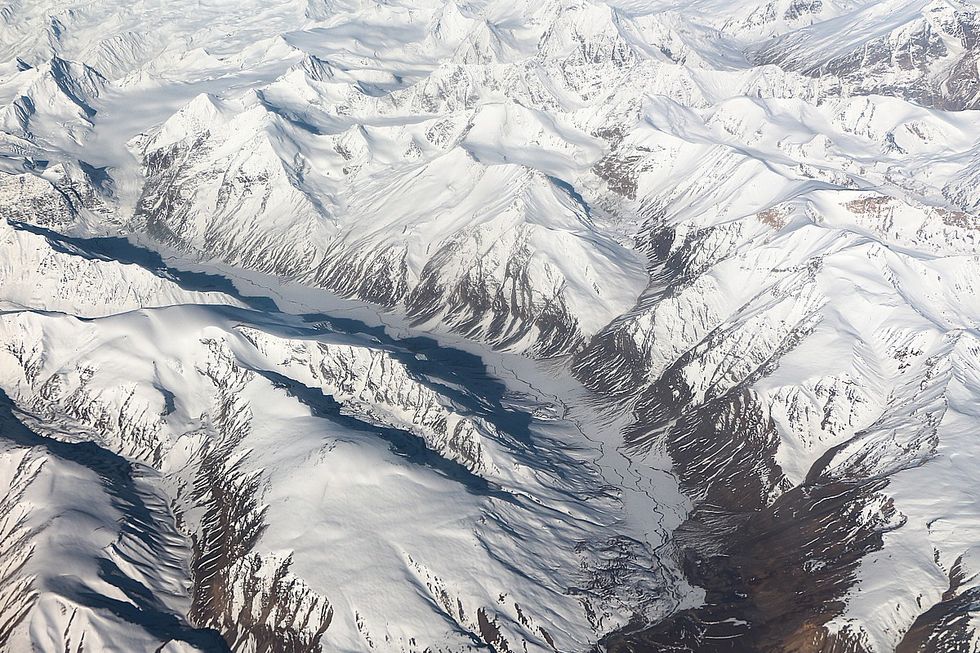
However, their findings revealed a more complex process at work. The researchers detected significantly higher helium levels in southern Tibet compared to northern Tibet. This suggested that rather than a simple collision or subduction, the Indian Plate was actually splitting into two distinct layers beneath the Tibetan Plateau—a phenomenon known as "delamination."
"We didn’t know continents could behave this way and that is, for solid earth science, pretty fundamental."
— Douwe van Hinsbergen, Utrecht University
What does delamination mean for the Himalayas?
The concept of delamination isn’t entirely new. Scientists have long suspected that tectonic plates can peel apart under certain conditions, but it has mostly been observed in thick continental plates or simulated in computer models. Klemperer’s study is the first time this process has been observed in real-time beneath a downgoing plate.
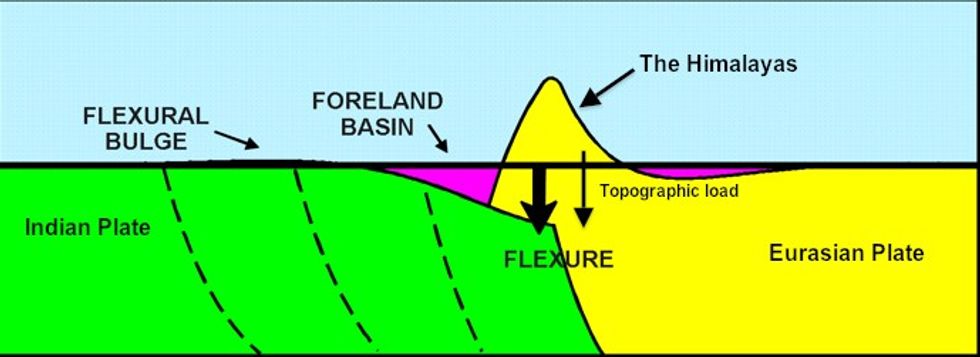
To understand what’s happening, imagine a layered cake. The bottommost layer of the Indian Plate is denser and thicker than the upper layers. Over millions of years of intense pressure, this lower layer appears to be detaching and sinking into the Earth’s mantle, while the upper layer continues to grind against the Eurasian Plate. The team even identified three specific hot spring locations where the plate appears to be "peeling" apart—like the skin of a banana.
The potential risks: earthquakes and instability
This discovery isn't just a fascinating insight into Earth's inner workings—it also carries serious implications. The ongoing separation of the Indian Plate could contribute to increased seismic activity in the region. The Himalayas are already one of the most earthquake-prone areas in the world, and if the lower plate continues to break apart, it could lead to more frequent and powerful tremors.
"This is the first time that … it’s been caught in the act in a downgoing plate."
— Douwe van Hinsbergen, Utrecht University
The shifting tectonic activity could also impact the long-term stability of the Himalayas themselves. While the range has been growing for millions of years due to the collision of the Indian and Eurasian plates, this newly observed process suggests that parts of the range may weaken or deform in unexpected ways.
A new frontier in geological research
The findings, which were first presented at the American Geophysical Union conference in December 2023, mark a major milestone in the study of Earth's deep interior. Scientists have long believed that tectonic plates behave in relatively predictable ways—either colliding, sliding, or subducting beneath each other. But the discovery of the Indian Plate splitting apart introduces a new layer of complexity to our understanding of plate tectonics.
Further research will be needed to determine how quickly this process is occurring and what long-term effects it may have on the Himalayas and surrounding regions. Scientists are already planning additional studies using isotope measurements, seismic mapping, and satellite imaging to track the changes beneath the Tibetan Plateau.
The Himalayas have stood as an unshakable symbol of Earth's power and resilience for millions of years. But as this research reveals, even the mightiest mountains are subject to the shifting forces deep within our planet.





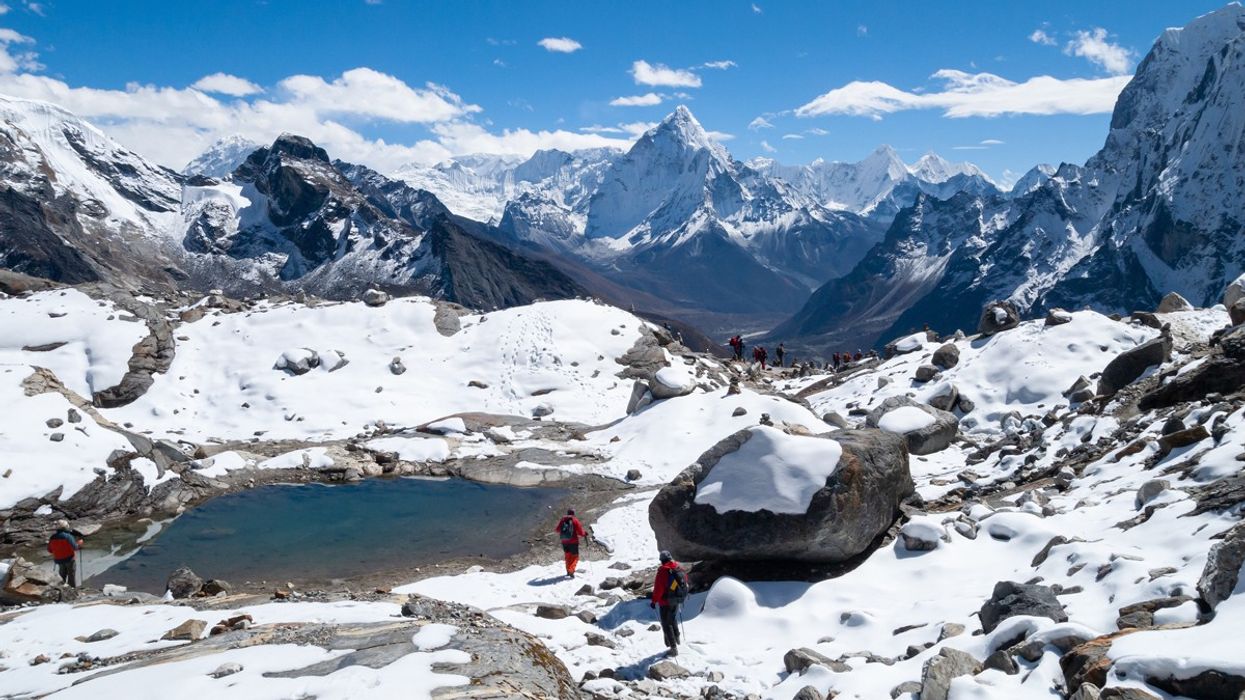

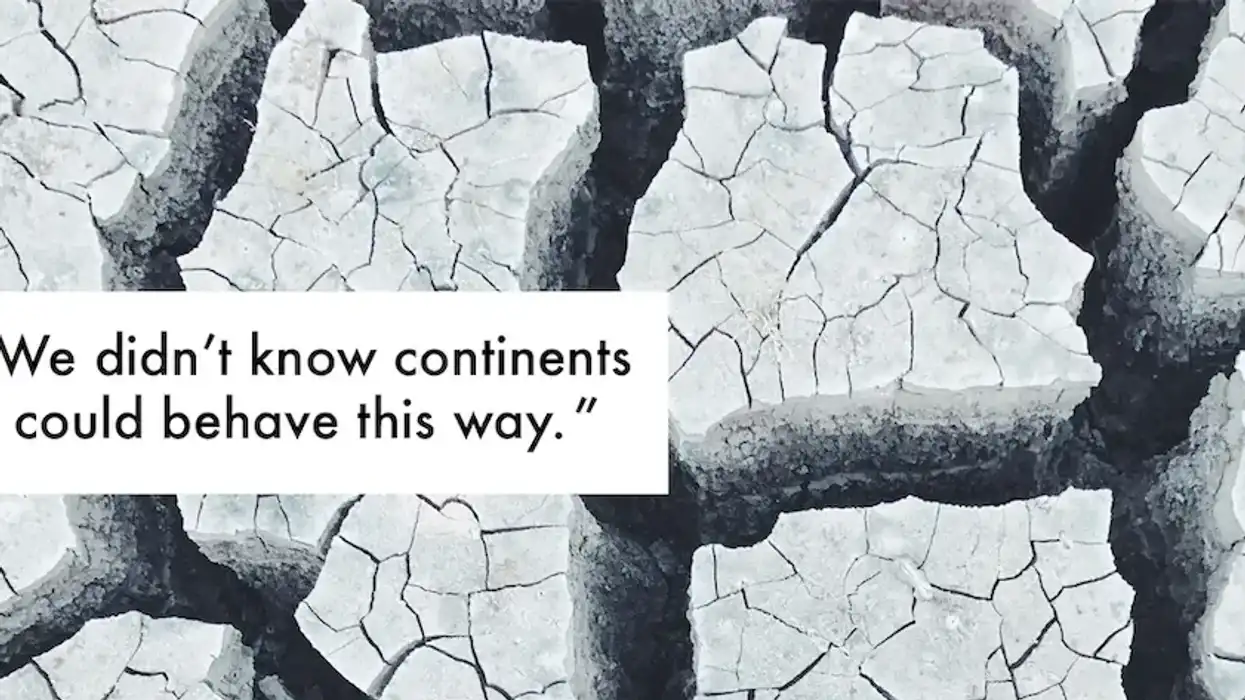



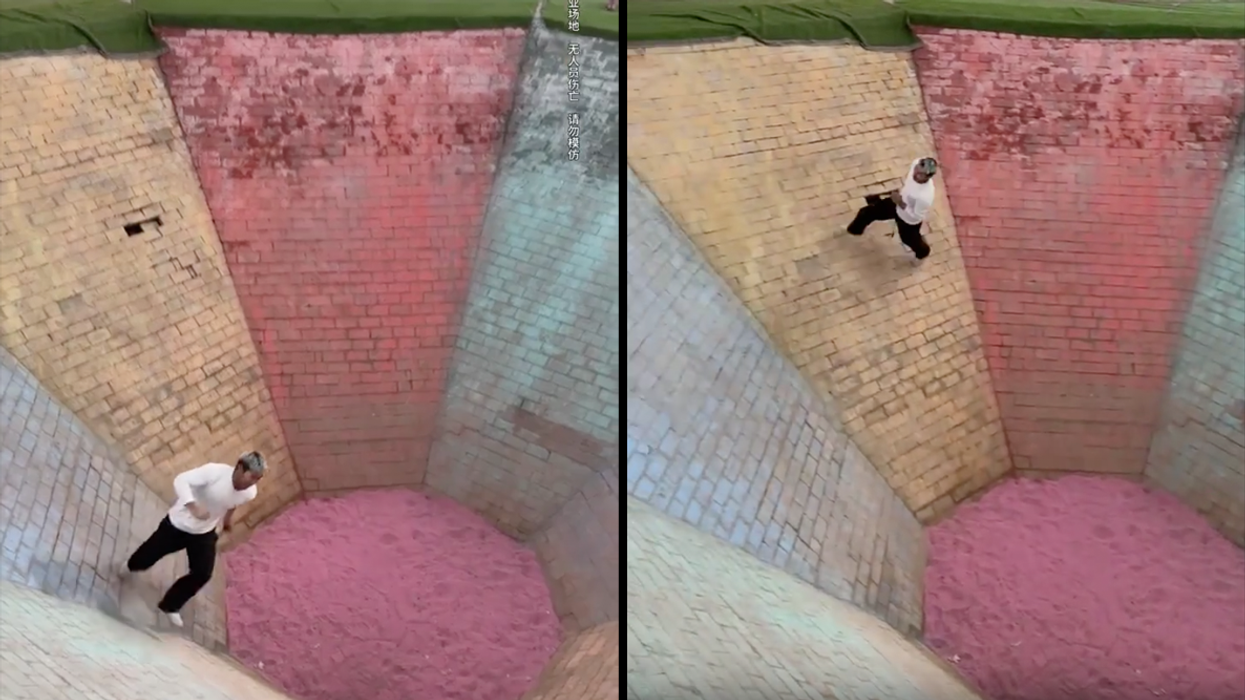
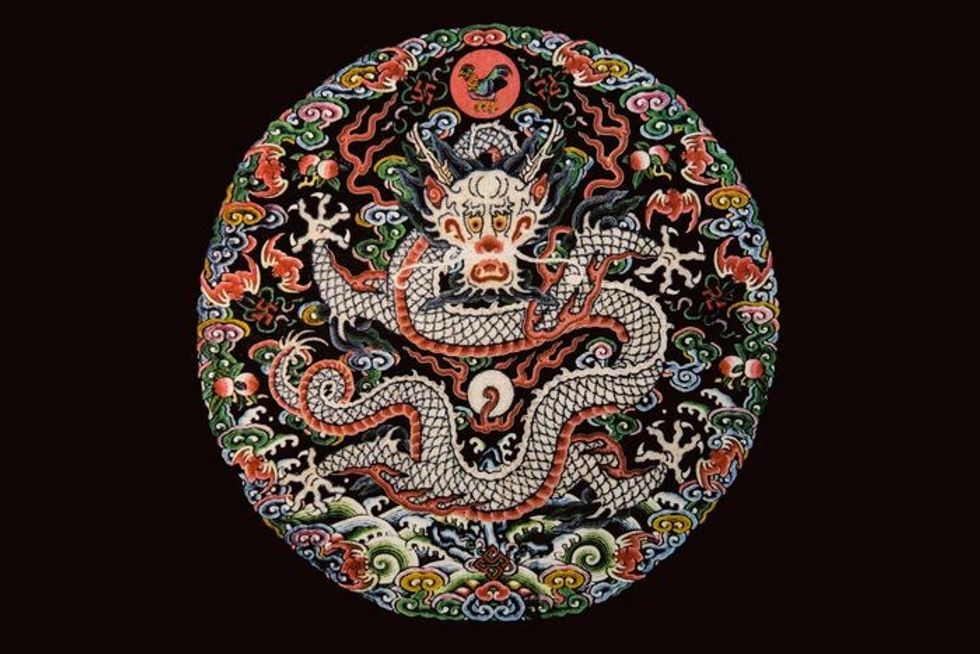 This represents the key to the perfect flow statePhoto by
This represents the key to the perfect flow statePhoto by 






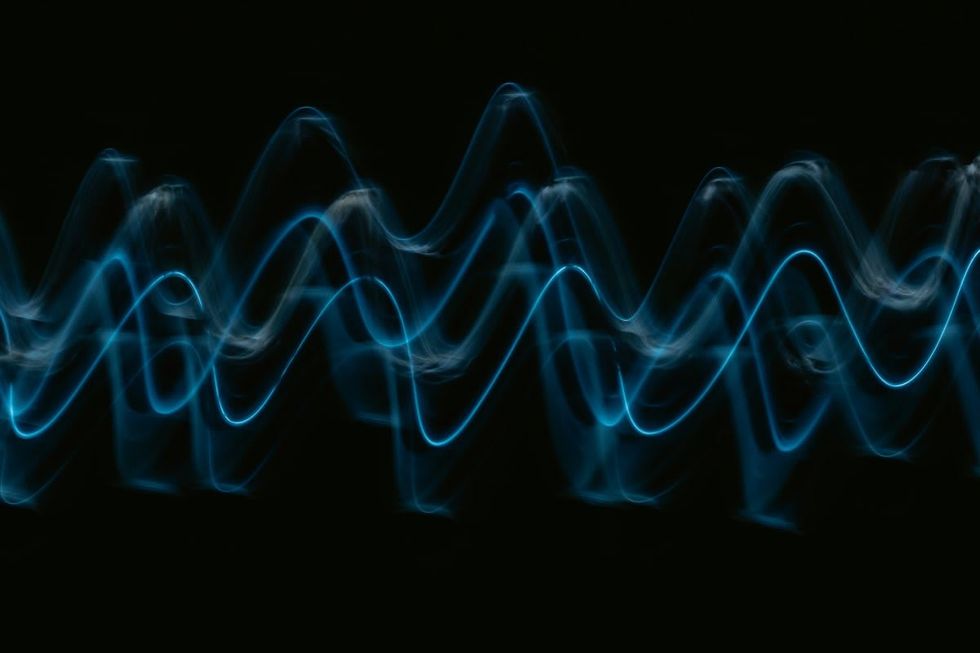 Representative Image Source: Unsplash | Pawel Czerwinski
Representative Image Source: Unsplash | Pawel Czerwinski 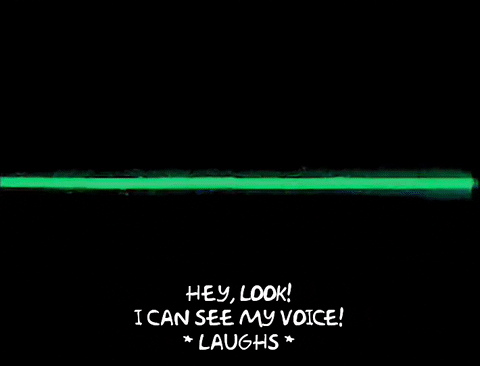
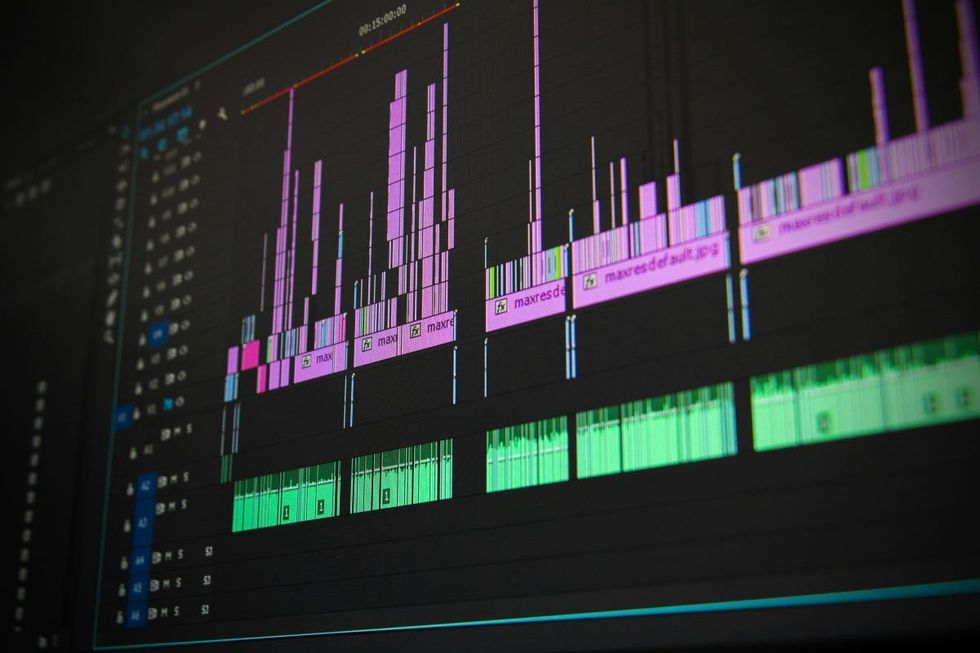 Representative Image Source: Pexels | Pixabay
Representative Image Source: Pexels | Pixabay 






